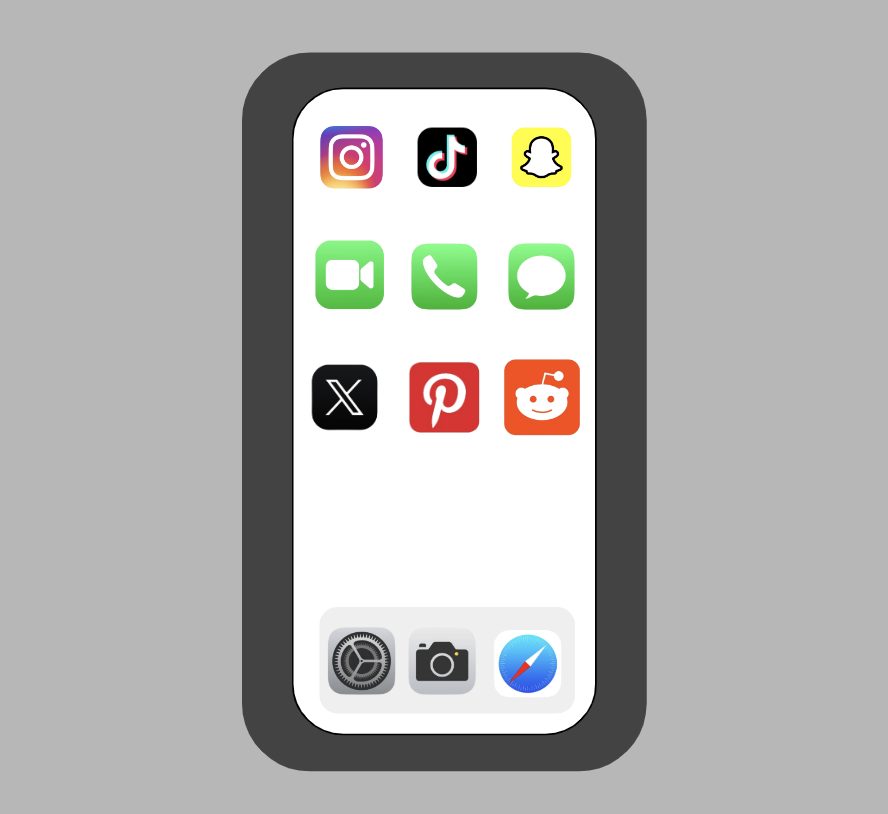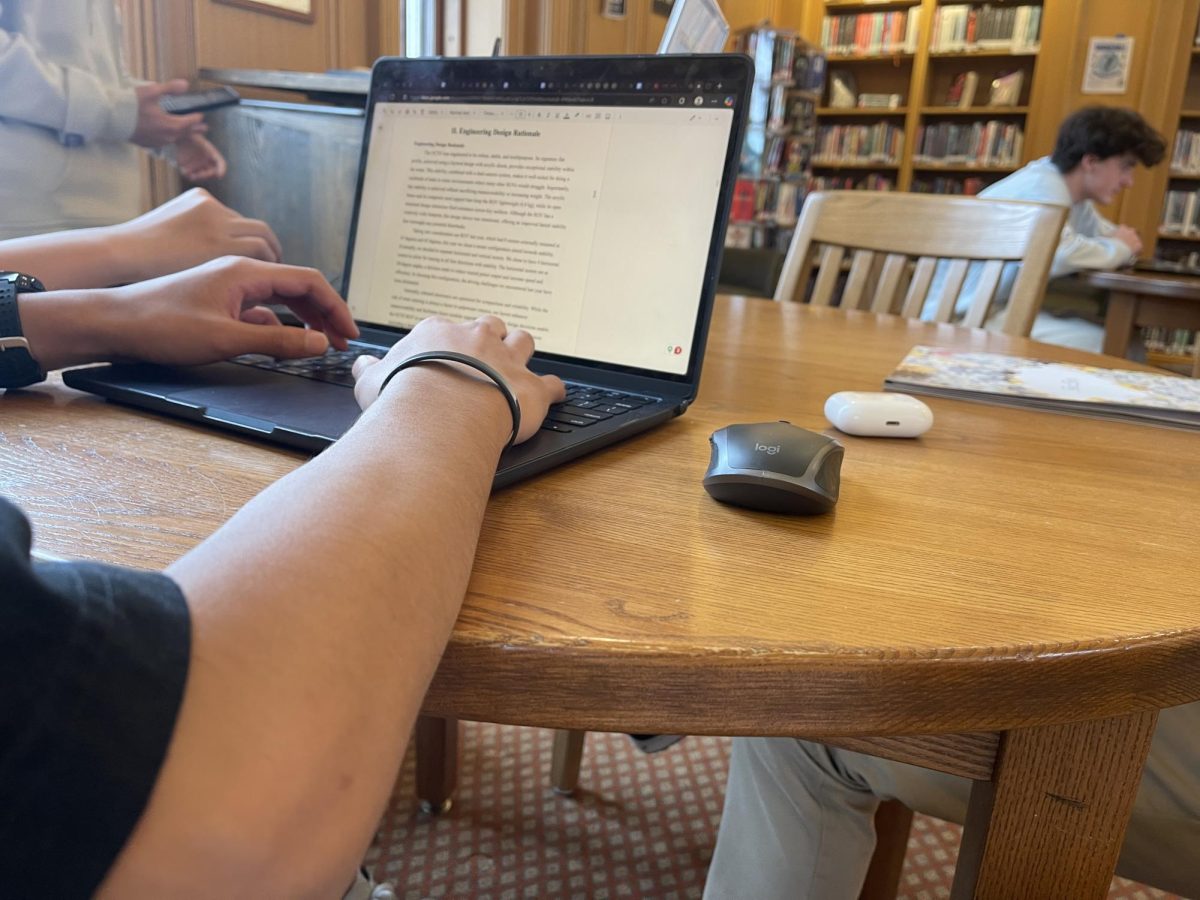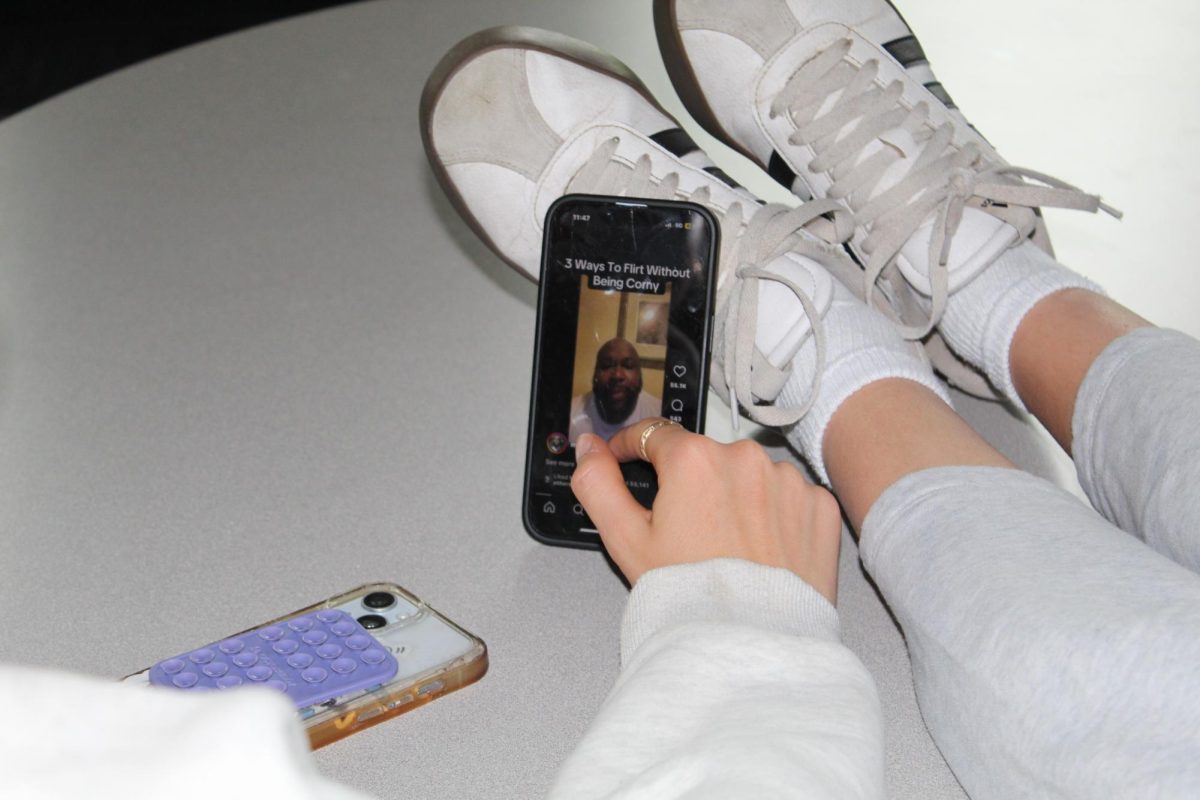On January 9th, 2007 Apple announced the iPhone, a new invention that combines almost all electronics in one. With the iPhone, it allowed further access to the internet thus growing social media. Today social media apps are a regular part of many people’s everyday lives, with apps such as Instagram, Facebook, X (formerly known as Twitter), Snapchat, Tiktok and much more. With the addition of social media and the cellphone, its positives of allowing people to discover a multitude of new topics outweigh the negatives of social media addiction, bullying and its strong connection to a bad self image.
“I learn most of my information online”… “like news, recipes and new songs,” said student Sophia Atkins.
Social media can be used as a positive way to learn new things. Most social media platforms cover a variety of content, with this it allows for people to be exposed to topics they may have never seen before. Since almost everyone with a phone can access social media and post something online it allows for everyone to share their unique tips and tricks with others from around the world. It not only helps people in their daily lives but also their academic ones. It was recorded by Profile Tree that social media is used in 85% of higher education institutes for learning and professional purposes. This is because of how easily people can communicate with each other through online discussion boards and helping students to access important resources at any time. For many, social media serves as their only new source because people can learn information quickly and easily. However it is this haste that can exclude valuable information and with the easy access, lots of news found from social media can be false or filled with biased information.
“The thing I hate most about social media is how fake it is, like people can pretend to be anyone they want and say anything they want,” said by freshman Finn Fisher.
The ability to easily share anything you want is commonly taken advantage of on many platforms on social media. It is reported by Statistica that around 32% of consumers in the U.S have shared fake news online. However the internet is not only filled with false information, but people can create a facade for themselves, usually called catfishing, the term coming from a viral tv show known for finding and exposing said catfishes. Wifi Talents observed that around 20% of people have experienced catfishing online. With these false personas, along with the ability to post anything they want, another problem occurs. Social media has been shown to be linked with body image issues. As people spend more and more time online, they are constantly exposed to fake people, either models or people filled with photoshop which creates a false expectation of what people should look like causing body insecurity.
As social media continues to be involved in people’s lives, it’s important to take advantage of its positive aspects while being mindful of its potential harms. By doing so, users can make the most of what social media has to offer without being affected by its pitfalls.










